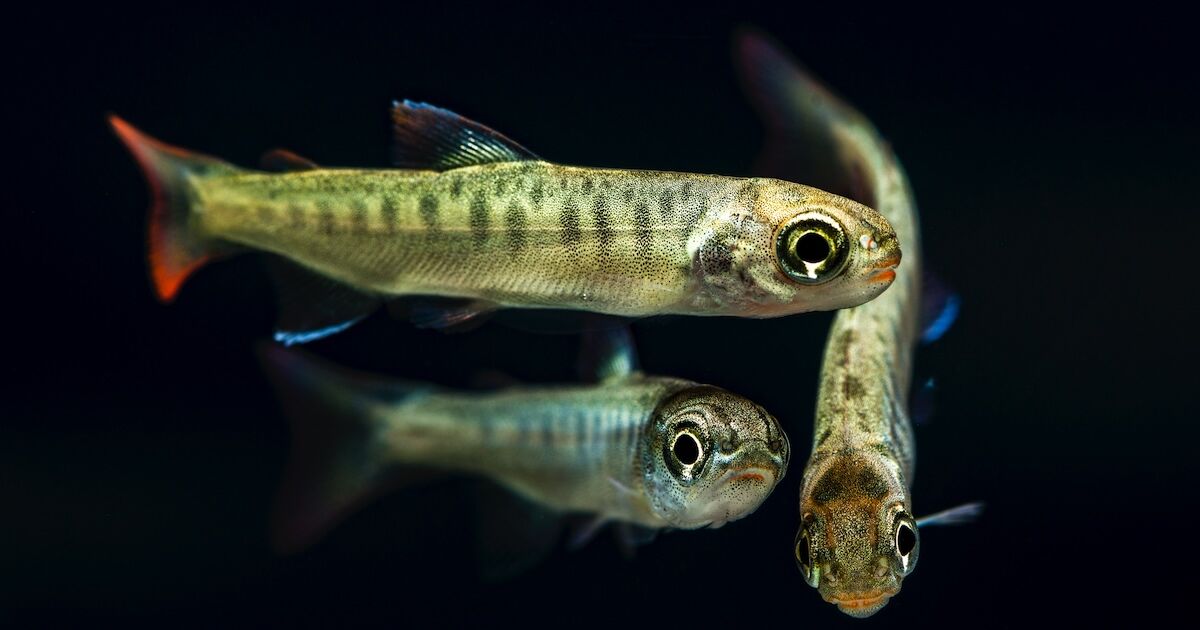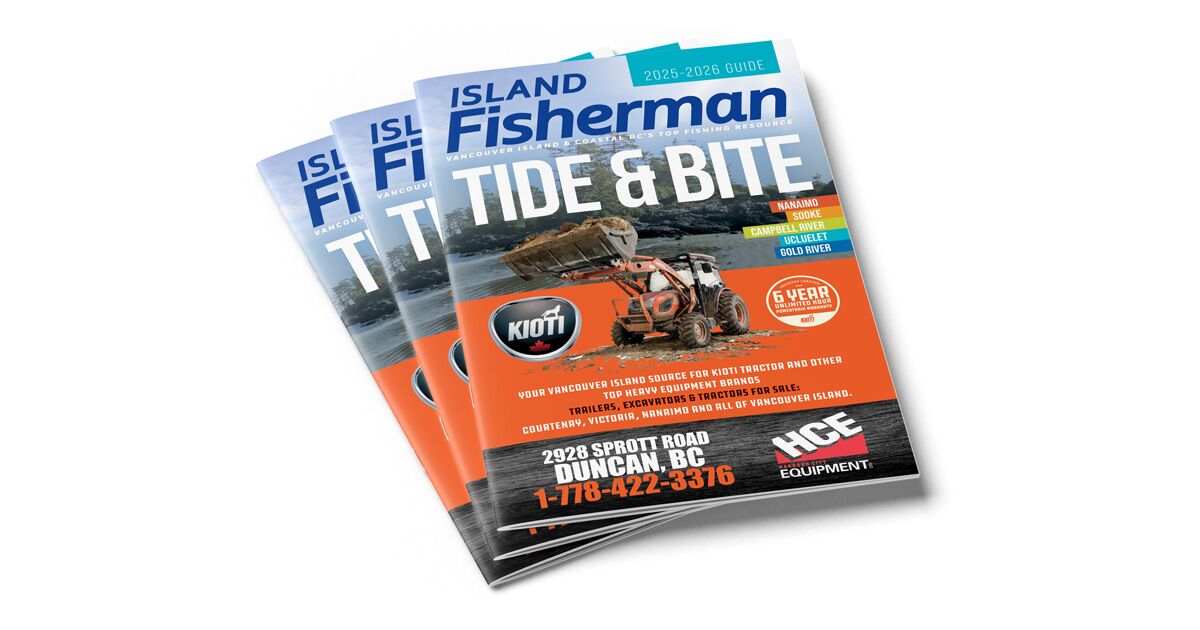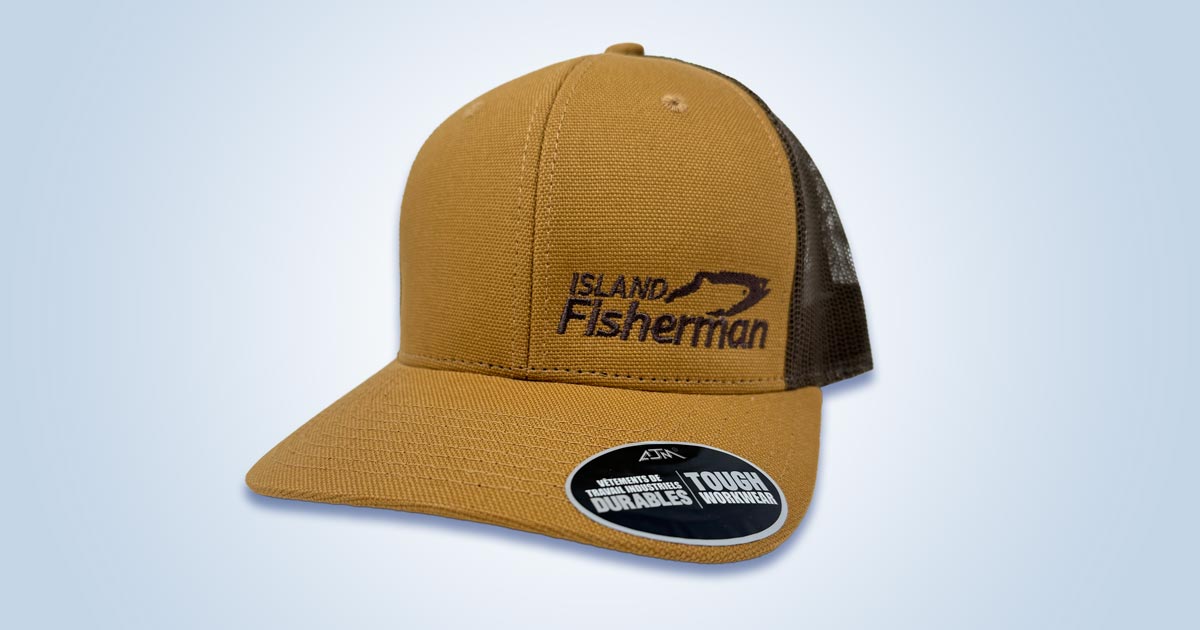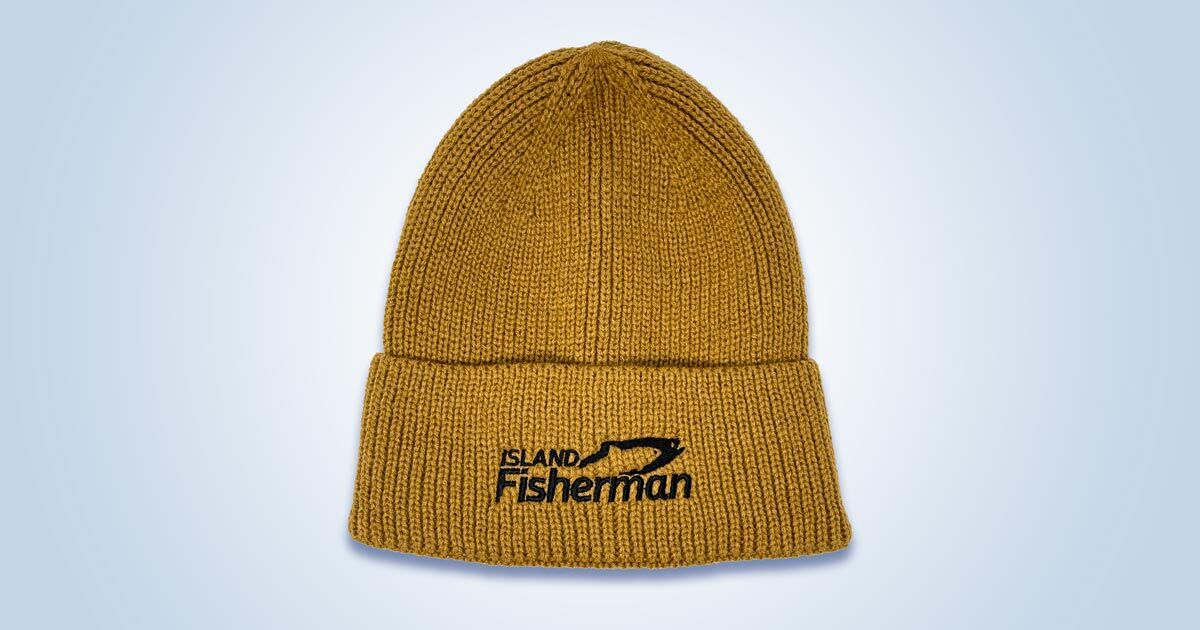
Coho salmon fry “Oncorhynchus kisutch” (Photo: Eiko Jones Photography)
Written by Dr. Richard Beamish & Chrys Neville
Recreational catches of coho salmon in the Strait of Georgia in 2023 and 2024 were the best since 1994. Catches have not only been large, but lots of 10- to 12-lb fish in August and September. There’s no simple explanation why, and research still needs to be done, but we know enough from our 25 years of ocean research to identify some of the causes.
Old-timers are familiar with the years when it was possible to run out into the Strait to catch a coho just before dinner. Even in the winter when the fish were smaller, there was always a “blueback” for supper. This all changed around the late 1980s, and the fishery virtually collapsed after 1994.
The collapse occurred for a number of reasons, including overfishing and freshwater habitat loss, but a major cause was a decline in ocean survival. The decline represented about a 90% decrease from the ocean survival in the 1970s and occurred synchronously in Puget Sound and off the coasts of the southern west coast states. The reasons for the declining ocean survival would be related to the same mechanisms that resulted in the good fishing in 2023 and 2024.
Ocean Growth Of Smolts
How fast coho grow after they enter the ocean is the key to their survival and behaviour.
W. E. Ricker carrying out the salmon survey in the Strait of Georgia. (Photo: Dick Beamish)
Research trawl net fished from the W.E. Ricker (Photo: Chrys Neville)
Our ocean studies started in 1998 with 2-week trawl surveys on the research ship the W. E. Ricker every fall in the Strait of Georgia. We fished from the surface to 45 m in all regions of the Strait of Georgia from Cape Mudge in the north to the Canadian/US border.
Juvenile coho from a research trawl catch (Photo: Chrys Neville)
Our catches of juvenile coho in September of their first ocean year (coho are in the ocean for two years and one winter) showed a declining abundance from 2000 to 2008, followed by an increasing abundance (see Graph A).
Graph A: The average index of abundance of juvenile coho in catches in the surveys conducted in September of the ocean entry year.
We also found that there was a decreasing trend in ocean survival up to 2008, followed by an increasing trend in survival beginning in 2009 (see Graph B).
Graph B: The percent of the juvenile coho that entered the Strait of Georgia that survived until September of their first ocean year. Survival after 2014 remained high.
This is ocean survival from the time of ocean entry until September of the first ocean year, not total ocean survival. Beginning in 2013, we started to see an increase in the average size of the juveniles in September of the first ocean year (see Graph C).
Graph C: The average length of the juveniles in the survey in September, with the increase beginning in 2013.
We know from other studies that the declining trend of coho abundance and ocean survival followed by increasing trends corresponded almost exactly to a declining trend in plankton followed by an increasing trend in plankton. The trends in abundances of the common food for coho were not measured, but the trends in plankton would be a good index of food trends, making it clear that food abundance in the first four ocean months for coho was related to their abundance, survival, and growth. Scientifically, this can be expressed as the carrying capacity of the Strait of Georgia for coho salmon and is an indication of how many coho can be supported by the Strait of Georgia at a particular time.
Ocean Behaviour of Juvenile Coho
Prior to the mid-1990s, it was known that a percentage of coho in their first ocean year in the Strait of Georgia remained over winter, and a percentage migrated to the west coast of Vancouver Island. The percentage that remained in the Strait over winter varied from about 40% to 60%. There was no explanation for the variation in the percentage. Beginning in the winter of 1994– 1995, virtually all juvenile coho left the Strait late in the year and did not return until well after the winter of the next year.
Obviously this behaviour contributed to the collapse of the sport fishery, as very few coho were in the Strait for anglers to catch. It was not until 2017–2018 that fishermen who were involved in the Avid Angler Program, such as Clyde Wicks, reported that coho were staying in the Strait of Georgia over winter. It was the winters of 2022–2023 and 2023–2024 that fishermen saw large abundances of coho stay over winter in the Strait.
Clyde Wicks fishing Nanaimo
Thus, the very good fishing in 2023 and 2024 resulted from increased early growth that improved ocean survival and carrying capacity within the Strait. These changes eventually influenced fish to remain over winter and through the fishing season until the next fall when adults returned to natal streams to spawn.
The amount of bait and coho in the waters off Nanaimo this June 2024 was incredible. (Photo: Mike Anderson)
Ron Neitsch’s Charter with guests (Photo: 2 Reel Fishing Adventures in Sooke)
A Hypothesis
Understanding how these changes happened is a key to future management, particularly when we know that climate change is affecting how oceans produce food for salmon. Our explanation is a hypothesis that needs to be tested scientifically, but the hypothesis is supported by a number of peer-reviewed scientific papers.
We know that animals are commonly influenced by changes in their environment. For example, migrations occur at specific times every year, or reproduction times remain constant. Scientifically, it is recognized that there are critical periods when metabolic decisions are made that influence how energy is used or stored, or how hormones are produced that direct development and behaviour. These critical periods are influenced by environmental cues such as the summer solstice. We know this happens, but we have little understanding of the chemistry.
In the Strait of Georgia, we proposed that coho that exceed a critical size by a critical period change their metabolism to begin to store energy (fat) that will help them better survive in the winter when food is less abundant. Fish that store more energy may also exceed another
threshold, perhaps at the fall equinox, and this results in a metabolic decision not to produce the hormones that direct migration to the west coast where food in the winter is more abundant.
Why Is All Of This Important?
The rule is “coho that grow faster sooner, survive better.” It is an important rule because it shows that the abundance of coho and probably all salmon is strongly influenced by growth in the first weeks to months in the ocean. This shows that it is important to understand how the hundreds to thousands of different populations respond to changes in ocean conditions. Thus, when and where coho and other salmon populations enter the ocean relates to their production.
This means that we need to preserve the evolved diversity in the ability of the various populations of coho and other salmon to maximize their growth in the first weeks after an ocean entry that may be spread over a number of months for different populations. It also means that we need to understand that populations may have specific abilities that allow the population to increase in size when a change in ocean food production matches their evolved behaviour. Hatcheries could adapt releases to particular successful population behaviour as well as add more juveniles to the ocean.
This article appeared in Island Fisherman magazine. Never miss another issue—subscribe today!
Visit the Store
$34.99
$34.99
Featured Catch
Joel Unickow halibut (Photo: Rob Frawley Lucky Strike Sportfishing Tofino)



